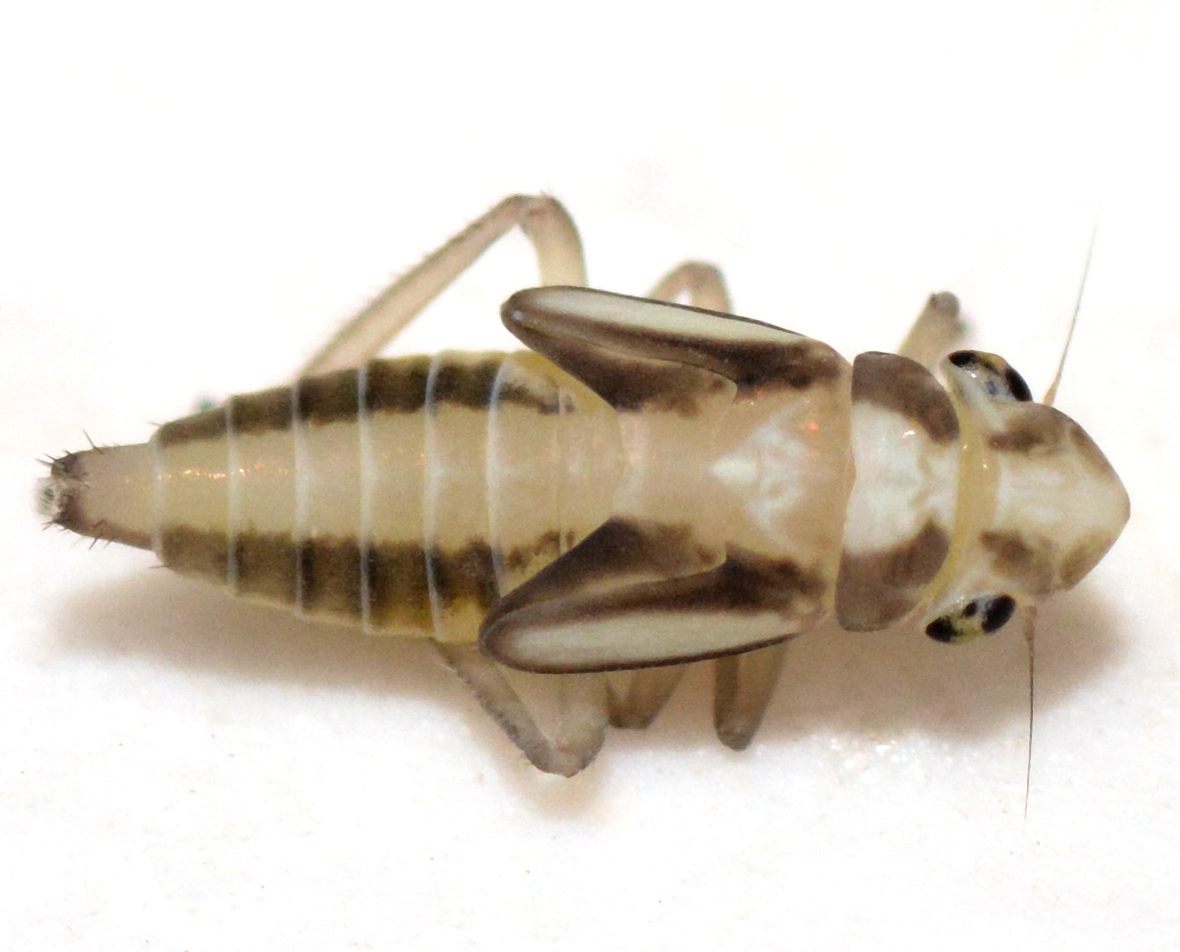Species Photo Gallery for Amphigonalia gothica No Common Name 32 |
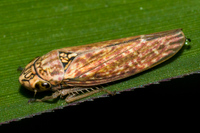 | Photo by: Scott Bolick
Rutherford Co.
Comment: | 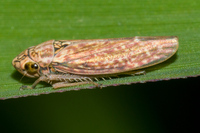 | Photo by: Scott Bolick
Rutherford Co.
Comment: |
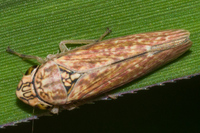 | Photo by: Scott Bolick
Rutherford Co.
Comment: |  | Photo by: Ted Wilcox
Watauga Co.
Comment: unid_leafhopper |
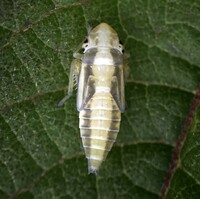 | Photo by: Ted Wilcox
Watauga Co.
Comment: unid_leafhopper | 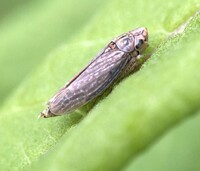 | Photo by: Ted Wilcox
Watauga Co.
Comment: unid_leafhopper |
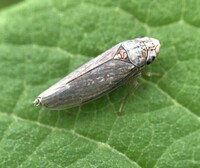 | Photo by: Ted Wilcox
Watauga Co.
Comment: unid_leafhopper |  | Photo by: Ted Wilcox
Watauga Co.
Comment: unid_leafhopper |
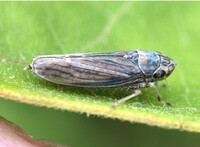 | Photo by: Ted Wilcox
Watauga Co.
Comment: unid_leafhopper |  | Photo by: Ted Wilcox
Watauga Co.
Comment: unid_leafhopper |
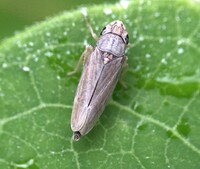 | Photo by: Ted Wilcox
Watauga Co.
Comment: unid_leafhopper | 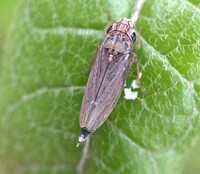 | Photo by: Ted Wilcox
Watauga Co.
Comment: unid_leafhopper |
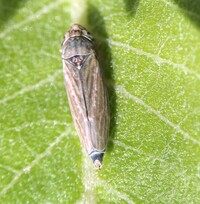 | Photo by: Ted Wilcox
Watauga Co.
Comment: unid_leafhopper | 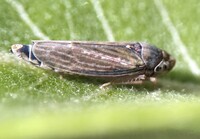 | Photo by: Ted Wilcox
Watauga Co.
Comment: unid_leafhopper |
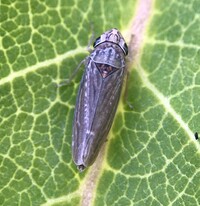 | Photo by: Ted Wilcox
Watauga Co.
Comment: unid_leafhopper | 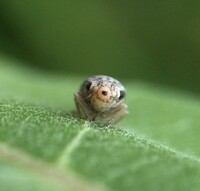 | Photo by: Ted Wilcox
Watauga Co.
Comment: unid_leafhopper |
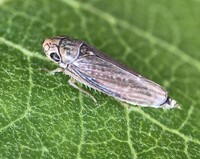 | Photo by: Ted Wilcox
Watauga Co.
Comment: unid_leafhopper | 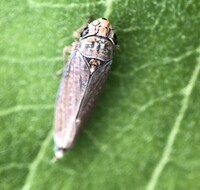 | Photo by: Ted Wilcox
Watauga Co.
Comment: unid_leafhopper |
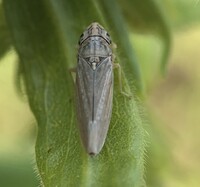 | Photo by: Ted Wilcox
Watauga Co.
Comment: unid_leafhopper | 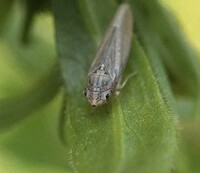 | Photo by: Ted Wilcox
Watauga Co.
Comment: unid_leafhopper |
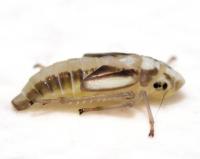 | Photo by: Kyle Kittelberger
Out Of State Co.
Comment: nymph | 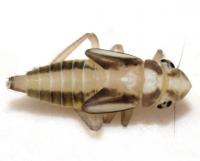 | Photo by: Kyle Kittelberger
Out Of State Co.
Comment: nymph |
 | Photo by: Kyle Kittelberger
Out Of State Co.
Comment: |  | Photo by: Kyle Kittelberger
Out Of State Co.
Comment: |
 | Photo by: Kyle Kittelberger
Out Of State Co.
Comment: | 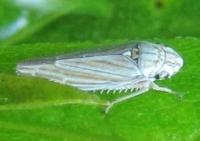 | Photo by: Ken Kneidel
Yancey Co.
Comment: |
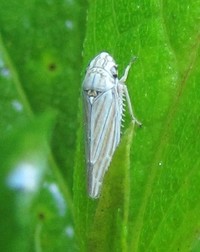 | Photo by: Ken Kneidel
Yancey Co.
Comment: |  | Photo by: Ken Kneidel
Yancey Co.
Comment: |
 | Photo by: Ken Kneidel
Yancey Co.
Comment: | 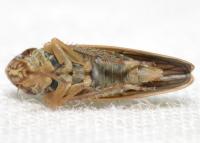 | Photo by: Kyle Kittelberger, Brian Bockhahn
Transylvania Co.
Comment: male; 5.6 mm |
 | Photo by: Kyle Kittelberger, Brian Bockhahn
Transylvania Co.
Comment: male; 5.6 mm |  | Photo by: Kyle Kittelberger, Brian Bockhahn
Transylvania Co.
Comment: male; 5.6 mm |
|

 »
»

